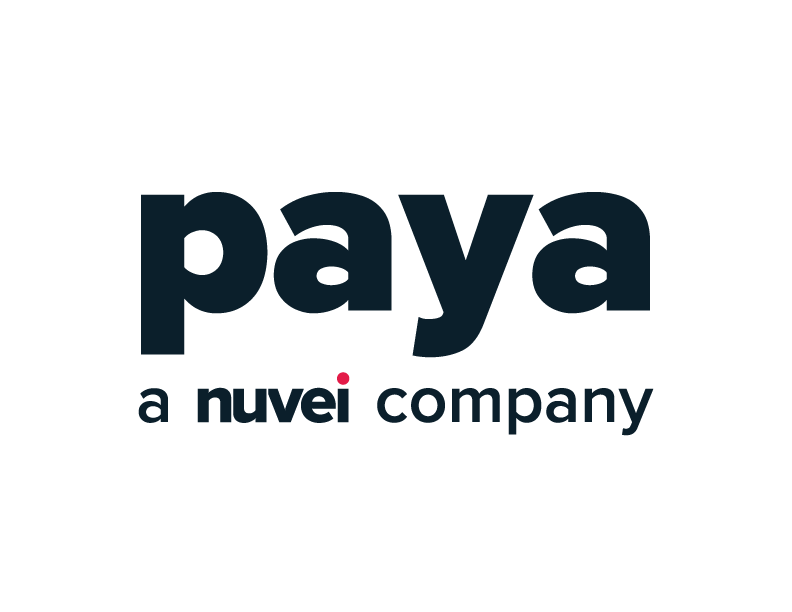Regardless of what business you represent, increasing sales and revenue is probably one of your top priorities. With competition and disruption on the rise, companies are turning their focus towards one, crucial endeavor: create better, more seamless customer experiences. Where this is abundantly clear is during the shopping or provisioning of services experiences. It is here where we say the intersection of the software and payment industries.
Today we’ll dive into what has created this intersection, share a few key examples of this trend, and explore what it all means for you.
The “Uber-ization” of Payments is Here
Some of the most memorable brand experiences come from payments and software working together. Uber serves as a fantastic example. Consumers want to consume, not pay, and Uber has mastered this concept. No more hailing of cabs or fumbling with cash or credit cards, simply enter payment information once and enjoy ride after ride. Payments are embedded in the software, working behind the scenes to create a seamless experience for customers. The more friction that is removed from the purchase process, whether it’s shopping for shoes or enrolling for a service, the more sell-through a business will experience.
Companies are aligning strategically around this “uber-zation” and we see this collision taking place first hand with the uptick of M&APayments companies becoming software companies, like FirstData acquiring Clover to bring a POS platform to market, and Global Payments, acquiring a variety of vertical software companies like Active Network and TouchNet. This collision phenomenon is also happening on the inverse, with software companies morphing into payments companies. Take Mindbody, for example. What started as a software for gyms now offers an embedded payment solution as part of their software for customers. Payments now makes up a sizeable portion of the company’s revenue. Similarly, Shopify (the ecommerce platform for small merchants) embedded payment processing only a few years ago into their software and payments is not only a seamless experience but accounts for almost 50% of the company’s revenue. Software and payments companies are organically and inorganically finding ways to work together to create elegant and seamless experiences.
Software and Payments: Creating the Perfect Storm
Not too long ago, a business’ credit card terminal would rest next to an inventory or point of sale system. Integration made it possible for the payment system to exist inside the software. Now that integration can happen in any medium. In fact, the best payments systems go largely unnoticed to the consumer, acting as an invisible catalyst for efficient experiences. And now, this streamlined approach to payments is exploding beyond retail, making its way into doctor’s offices, manufacturers, wholesalers, professional services, and more.
What is sitting at the hub of all of these seamless experiences, transactions, invisible payments, cards on file, past orders and recommendations, one-touch buying, and more? An amazing integrated software and payments experience. Payment companies must make it as simple as possible for these software companies through things like open APIs, streamlined enrollment, and integrated reporting.
Today, the payments and greater commerce industry is evolving at a rapid pace. The lowered cost of computing, coupled with fast and ubiquitous connectivity, has paved the way for cloud services, and an environment of mobility and connectivity. Consumers have adopted new technologies, jumped on the connectivity highway, and have come to expect a new seamless and integrated buying and shopping experience, regardless of product or service. Payments are expected to “just happen,” and businesses across verticals are searching for ways to keep up while consolidating their resources.
What Does the Future Hold for These Industries?
Software and payments companies are combining forces to offer better experiences to businesses and consumers. This momentum will continue and expand into the world of commerce as growing technology companies open their ecosystems and specialize and focus on experiences. Payments companies that continue to power amazing experiences within software will thrive and software companies will need to turn to fully integrated experiences to provide the customer what they expect.
In this collision of software and payments, one thing is clear–integrated and embedded payments are no longer optional. The most successful businesses will embrace this intersection and leverage it to deliver incredible experiences. We’ve come a long way in recent years, but there’s still work to be done.
